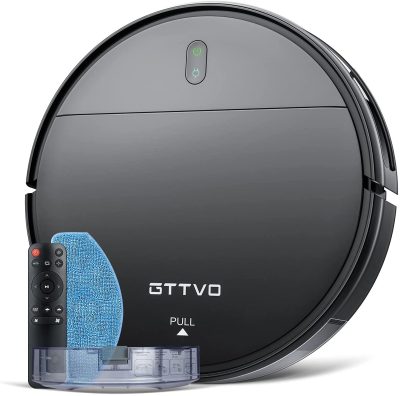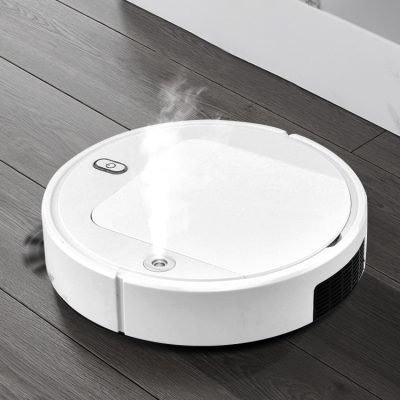The development of artificial intelligence technology makes sweeping robots become more and more intelligent. Nowadays, sweeping robots can not only clean household hygiene better, but also complete cleaning tasks autonomously with one button. However, there are not only endless brands of sweeping robots on the market, but their prices are also high and low. For consumers who have difficulty in choosing, it is even more difficult to buy a suitable sweeping robot. This time, I will introduce a few practical shopping tips to everyone.
Intelligent sweeping robot
Cleaning robot purchase skills:
Positioning Technology
Positioning technology is like an “eye” for the sweeping robot. It allows the sweeping machine to know where it is and where to go. The positioning technology also has levels. The sweeper with advanced positioning technology can achieve positioning and real-time composition in a complex home environment, so as to achieve orderly and efficient completion of ground cleaning work. Among them, LDS laser navigation positioning technology and vSLAM image displacement positioning technology are the two mainstream technologies of sweeping robots.
Cleaning effect
The cleaning effect of the sweeping robot is mainly affected by the motor. At present, the mainstream motors all use brushless motors, which can provide stronger suction, longer service life and lower operating noise for the sweeping robot, and the NIDEC brushless motors imported from Japan are the most famous.
Anti-drop collision ability
This ability reflects the key to the detection and induction system of the sweeping robot. Most of the sweeping robots on the market now use infrared detection. Although this type of detection system has mature technology, its accuracy is not high and it is easily affected by the environment. The second is the use of bionic ultrasonic radar detection, although it makes up for the shortcomings of infrared detection, but its high cost. In addition, some sweeping robots use RPS laser ranging, mainly through the top “laser eye” to scan the room 360 degrees to generate a map, and then navigate according to the map, thereby improving efficiency.


















